
Guru Nanak Jayanti, also known as Guruparv, is one of the most sacred festivals for Sikhs, celebrating the birth of Guru Nanak Dev Ji, the founder of Sikhism and the first of the ten Sikh Gurus. In 2024, the occasion will be celebrated with utmost devotion on 15 November with processions, kirtans and a spirit of unity. For those wishing to soak in the spiritual energy of this day, here is a list of ten famous Gurudwaras in India that hold historical and spiritual significance.
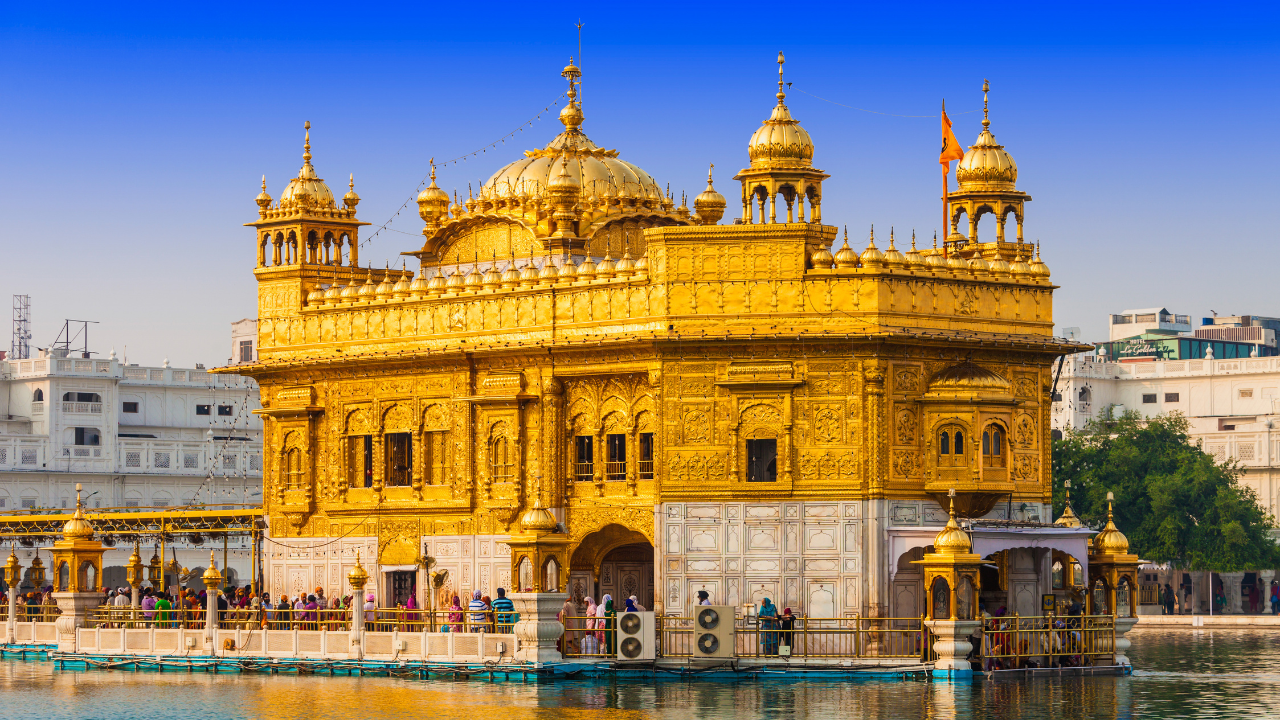
Golden Temple (Harmandir Sahib), Amritsar
The Golden Temple, also known as Harmandir Sahib, is one of the most revered places for Sikhs around the world. Built by the fifth Sikh Guru, Guru Arjan Dev Ji, this temple is known for its breathtaking golden façade and the sacred Amrit Sarovar that surrounds it. Thousands of devotees visit every day, especially on Guru Nanak Jayanti, to experience the divine atmosphere, listen to melodious kirtans and enjoy langar. This temple remains open 24 hours, which is a symbol of equality and humility.
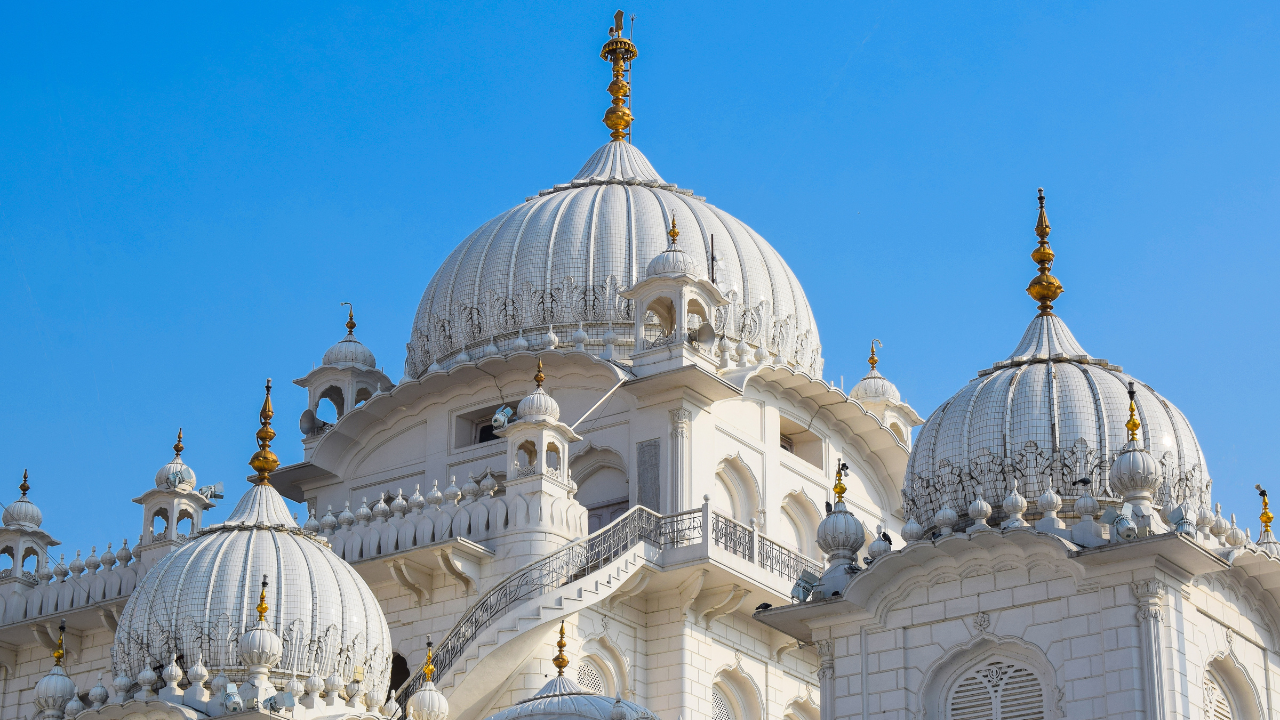
Takht Sri Patna Sahib, Patna
Takht Sri Patna Sahib is a major pilgrimage site as it is the birthplace of the tenth Sikh Guru, Guru Gobind Singh Ji. Built by Maharaja Ranjit Singh in the 18th century, it is one of the five Takhts (seats of authority) of Sikhism. This Gurdwara holds an important place in Sikh history and is especially vibrant during major Sikh festivals, providing devotees with the opportunity to connect with the life and teachings of Guru Gobind Singh Ji.
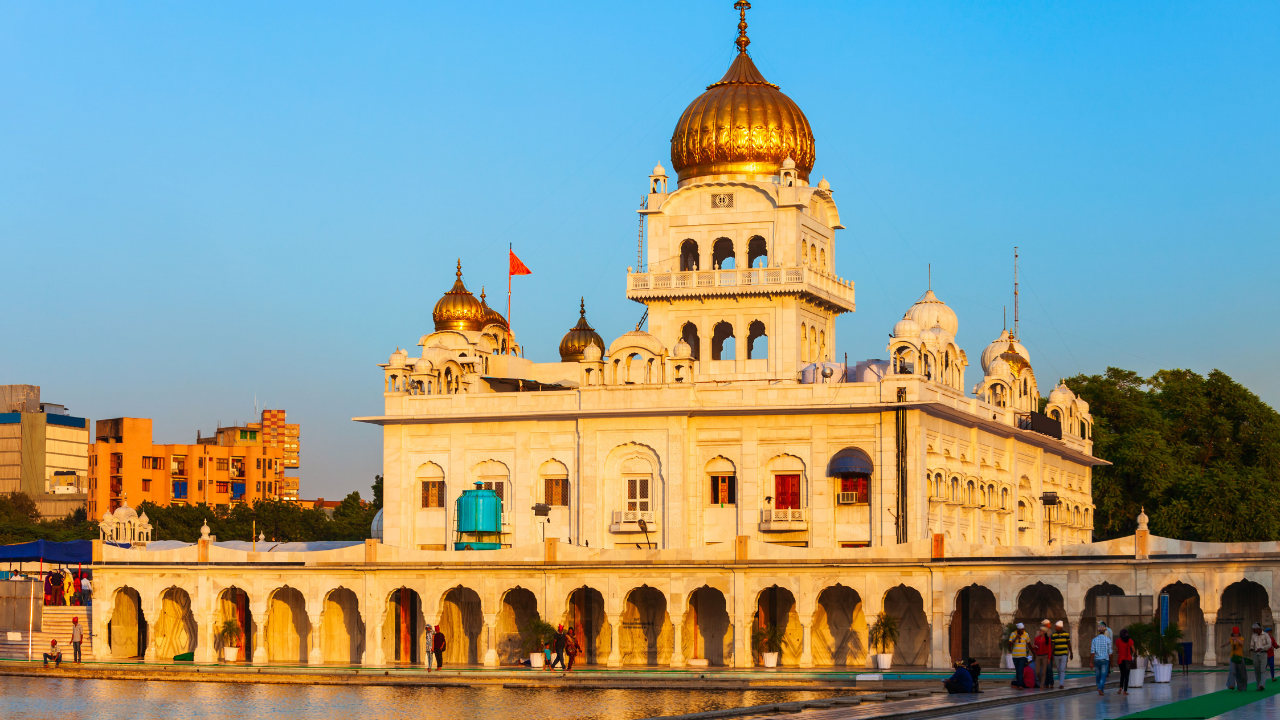
Gurdwara Bangla Sahib, Delhi
One of the most revered sites of Delhi, Gurdwara Bangla Sahib is dedicated to the eighth Sikh Guru, Guru Har Krishna Sahib Ji. Originally the bungalow of Raja Jai Singh, this place became sacred when the Guru resided here and helped treat people suffering from smallpox and cholera. The sarovar (sacred water pond) of the gurudwara is believed to have healing properties, and the peaceful atmosphere attracts devotees of all religions. On Guru Nanak Jayanti, the Gurudwara is beautifully decorated, and people gather in large numbers for kirtan and prayers.

Gurdwara Manikaran Sahib, Himachal Pradesh
Located in the beautiful Parvati Valley, Gurudwara Manikaran Sahib is a picturesque place famous for its hot springs. It is believed that Guru Nanak Dev Ji visited this place, where he performed miracles including creating a spring of hot water to cook food for the community. Pilgrims come from all over the country to bathe in the falls, which are said to have curative properties. This Gurudwara is a beautiful blend of spirituality and wonders of nature, making it a popular destination especially during Gurupurab.

Gurudwara Hemkund Sahib, Uttarakhand
Situated at an altitude of approximately 15,000 feet, Gurudwara Hemkund Sahib is one of the most awe-inspiring Sikh pilgrimage sites. Dedicated to Guru Gobind Singh Ji, this Gurudwara is surrounded by the majestic Himalayas and a snowy lake. The journey to Hemkund Sahib is challenging but gratifying, attracting pilgrims and adventure enthusiasts alike. Due to heavy snowfall, the Gurudwara is open only between May and October, but its spiritual attraction continues to attract devotees throughout the year.
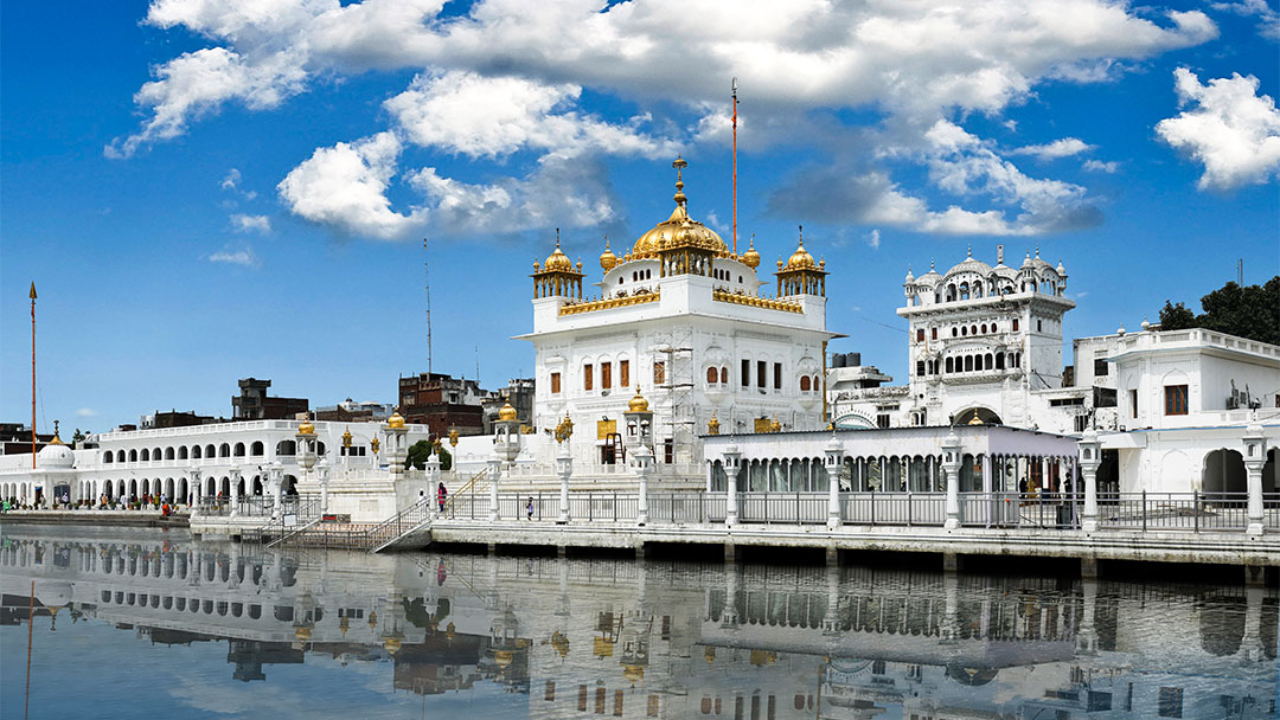
Gurdwara Sri Tarn Taran Sahib, Punjab
Established by the fifth Sikh Guru, Guru Arjan Dev Ji, Gurudwara Sri Tarn Taran Sahib is known for its huge sarovar, the largest among all the Sikh pilgrimage sites. Located near Amritsar, this holy site holds historical importance and is a major pilgrimage site. During Guru Nanak Jayanti, the Gurudwara is decorated with beautiful lights and decorations and devotees from far and wide come to offer prayers.
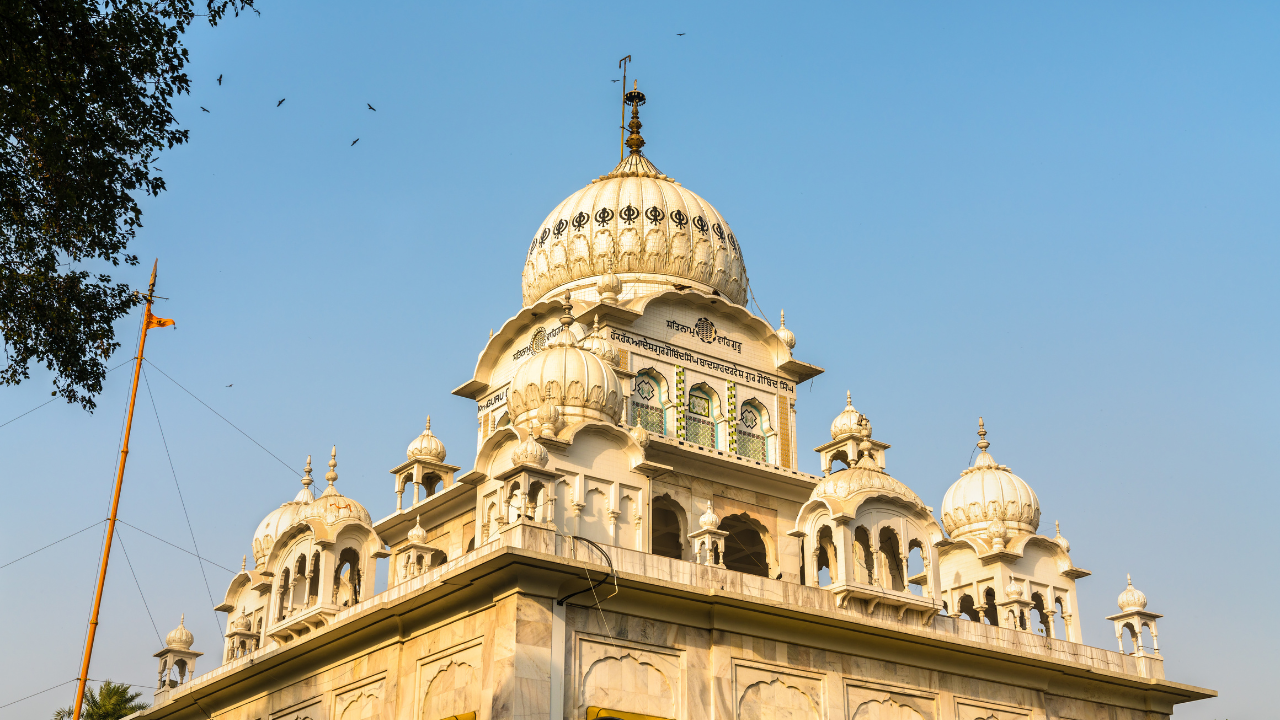
Gurdwara Sri Damdama Sahib, Bathinda
Recognized as one of the five Takhts, Gurdwara Sri Damdama Sahib holds a special place in Sikh history. It was here that Guru Gobind Singh Ji compiled the final version of the Guru Granth Sahib, the central religious text of Sikhism. Bathinda is a major pilgrimage site for Sikhs, and during Guru Nanak Jayanti, this gurudwara sees a large influx of devotees who come to celebrate and honor the teachings of Guru Nanak Dev Ji.

Gurdwara Sri Anandpur Sahib, Punjab
Known as the birthplace of the Khalsa (Pure), Anandpur Sahib is one of the most important spiritual sites of Sikhism. Guru Gobind Singh Ji established the Khalsa here in 1699, an important moment in Sikh history. The Gurdwara is a magnificent structure, and during Sikh festivals, especially Guru Nanak Jayanti, it becomes the center of celebration with recitations, processions and gatherings that honor Sikh traditions and history.
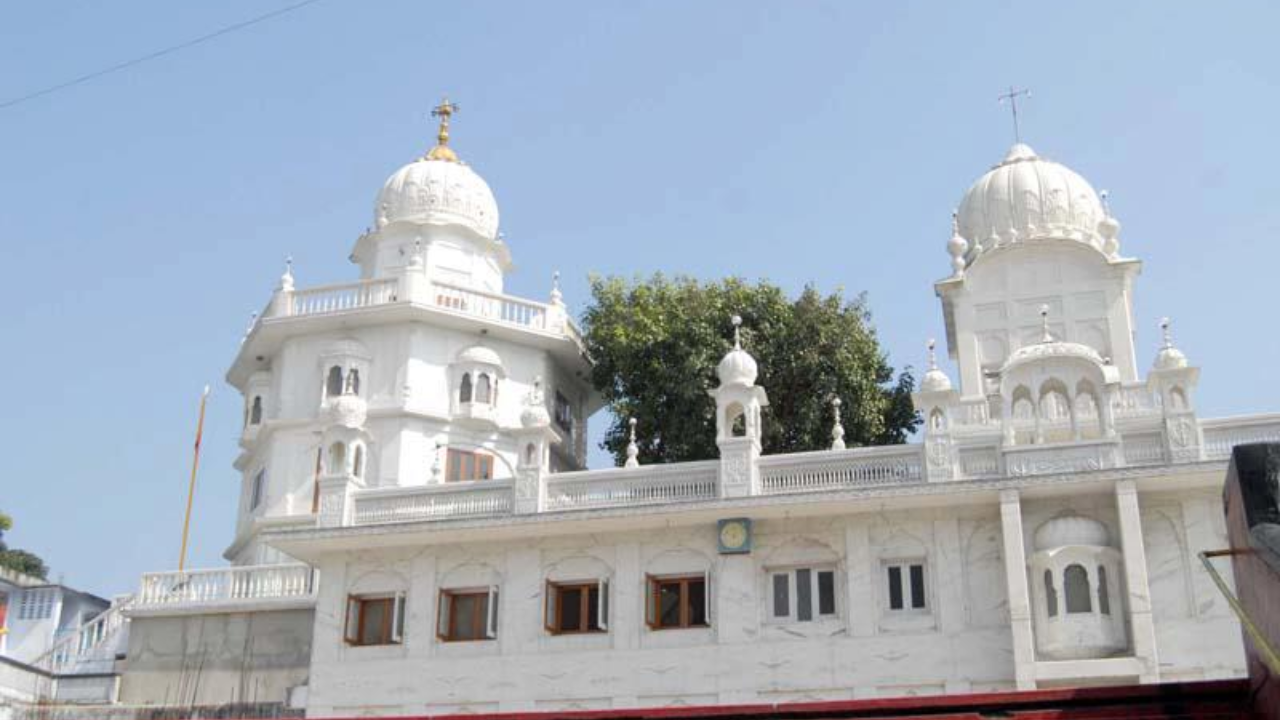
Gurudwara Sri Guru Teg Bahadur Sahib, Assam
Situated on the banks of Brahmaputra river, this Gurudwara reminds of the visit of Guru Nanak Dev Ji to Assam. Known for its serene environment, the Gurudwara in Dhubri holds great significance as the ninth Sikh Guru, Guru Tegh Bahadur Ji also visited here. A Gurudwara is a spiritual oasis in Northeast India, and during Gurupurab, the community comes together to pay homage and participate in celebrations.
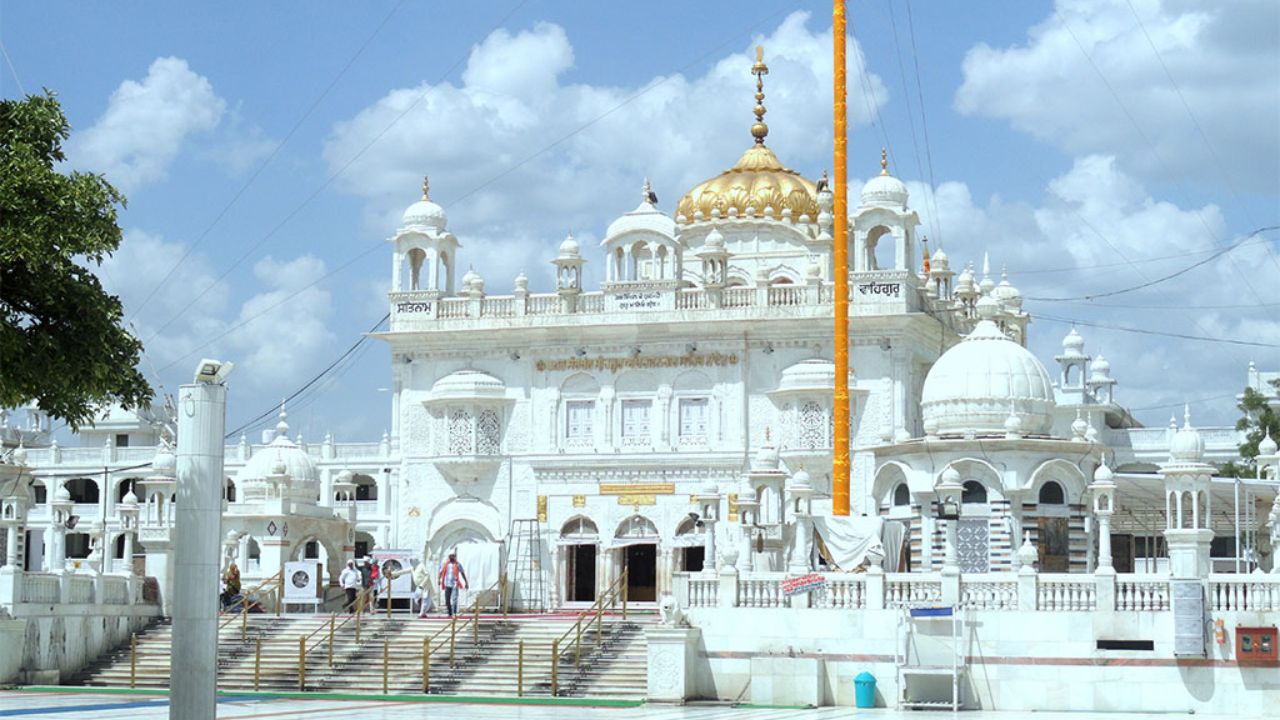
Takht Sri Hazur Sahib, Nanded
Takht Sri Hazur Sahib is one of the five Takhts and is the place where Guru Gobind Singh Ji spent his last days. Located in Nanded, Maharashtra, this Gurudwara is a blend of spirituality and architectural beauty, whose serene environment adds to its charm. The intricately decorated inner sanctum houses the sacred relics of Guru Gobind Singh Ji. Especially during important Sikh festivals, thousands of devotees gather here to celebrate and seek blessings.


